Solutions
Our IT Security team solutions protect your most important data by strengthening your ability to prevent, detect and respond to the threats that you face every day. We believe that the more you know about your own environment, the more prepared you are to protect it.
Managed Services Provider (MSP)
Count on our IT consultants to bring a collaborative, quality-focused, and thoughtful approach to tackle even the toughest IT challenges.
Microsoft Cloud Services
No matter your organization’s size or industry, we can help you develop a comprehensive and carefully crafted cloud strategy that recognizes the journey to the cloud as a process, rather than a quick fix.
Managed Security Service Provider (MSSP)
At American Technology Services, we know that security is not just about purchasing a product, but about designing a comprehensive cybersecurity plan that includes robust security policies and procedures.
Compliance & Privacy Services
With expertise in regulatory compliance, including emerging concerns such as data privacy, we offer support at every stage of policy development, procedure creation, and documentation.
IT Strategy & Consulting
At American Technology Services, we combine our extensive IT experience with business acumen to help you achieve your business goals through services such as cloud strategy, IT assessment, and vendor selection.
Managed Hosting & Cloud Services
With ATS, you can count on customized services and secure, cost-effective hosting solutions tailored to your specific needs, rather than a one-size-fits-all package.
IT Staff Augmentation & Custom Software
With a team of industry-certified professionals, we develop tailored technology solutions for clients across the spectrum, from startups to Fortune 500 companies.
Microsoft GCC & GCC High
Unlock the full potential of your organization’s cloud capabilities with Microsoft’s GCC and GCC High offerings, ensuring compliance with strict regulatory requirements while enabling secure collaboration and communication.
Virtual Reality for Real Estate
Pioneering Virtual Reality development. Expertise in immersive experience creation, true-scale 3D modeling, virtual staging, and digital twins. Revolutionize your project experience with cutting-edge VR solutions.
Hardware-as-a-Service
With ATS HaaS, you get customized hardware, unparalleled security, and reliable efficiency. Experience proprietary IT Service Management (ITSM), global reach, and financial flexibility.

